Menu
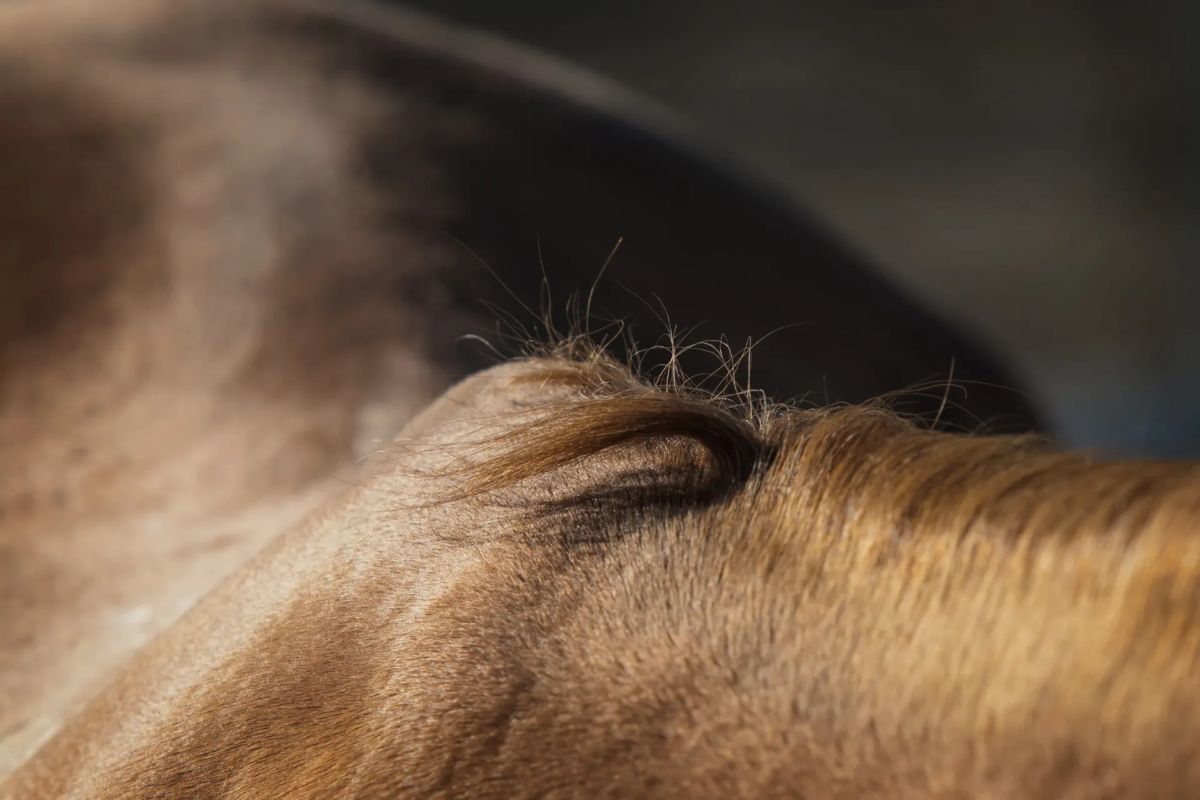
For many years, kissing spines were almost seen as a death sentence for horses. Thankfully, that's no longer the case. Today's veterinarians are adept at surgically treating the condition. Our editorial team has firsthand experience with a horse that had kissing spines and underwent successful surgery back in 2015. We're eager to share this story with you and show the photos taken during the procedure. The horse in the photos is now thriving and is 17 years old.
Kissing spines, or close-set spinous processes, is a relatively common condition that a horse can have without experiencing pain.
"It should be emphasised that routine X-ray examinations of horses' backs have found kissing spines in between 30 and 60 percent of them, without these horses showing any symptoms," writes veterinarian Lars Christian Nielsen on Netdyredoktor.
"(...) in a small fraction of horses with close-set spinous processes, back pain or performance reduction occurs, but most manage without any issues," states Hørsholm Equine Practice.
Although surgeries are more successful now than ever, institutions like Hørsholm Equine Practice recommend trying other treatment methods before opting for surgery. For mildly affected horses, adjusting their training regimen might suffice.
The horse that was operated on is a Danish Warmblood. It showed signs of back pain during saddling, mounting, and while being ridden. The horse experienced girth tightness, moved hesitantly, arched its back, and occasionally reared when the rider mounted – but not always. Overall, the horse displayed a moderate reluctance to carry a rider.
X-rays revealed that the horse had close-set spinous processes in several areas of its back. Two of these processes were particularly close, causing noticeable inflammation visible in the X-ray images. Unfortunately, we can't show you these X-rays, but it was clear that two spinous processes were severely affecting each other. The horse also showed signs of significant back pain when the vet examined its muscles and spine.
If a horse is affected by close-set spinous processes, you might observe some of these symptoms (though not necessarily all, and they can vary in severity):
Source: Netdyredoktor.
Also read: Studies Suggest That Many Horses Consume Far Too Much Salt
Deciding to have the horse operated on wasn't easy, as it's also tough on the horse. Even though the X-rays showed inflammation, there was no guarantee that the spinous processes were the issue. And such a surgery does cost a fair bit. To give you an idea, the bills totalled between 2300 and 3440 pounds – and that was six years ago. Thankfully, insurance covered most of it, leading to the decision.
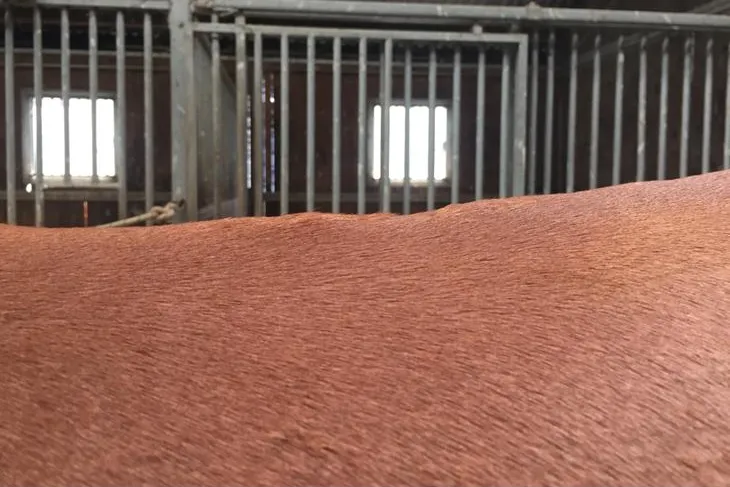
Also read: Owning a horse is like playing cards
The horse was admitted to the clinic in the evening and underwent surgery the following morning. The procedure involved putting the horse under anaesthesia, and a vet removed the spinous process (shaped like a credit card) using a type of forceps. The process wasn't removed in one piece.
After the horse was stitched up, it was placed in a recovery box. Waking up from anaesthesia can be intense, as the horse might panic, not understanding its surroundings. This can be likened to the grogginess humans feel post-anaesthesia, but with a strong flight instinct added. Fortunately, in this case, the horse only lost a shoe and had no injuries.
The evening after the surgery, the horse could be visited and seemed content given the circumstances. The wound was cleaned daily, and the horse was taken home after a few days. Here you can see a photo of the horse the evening after the surgery.
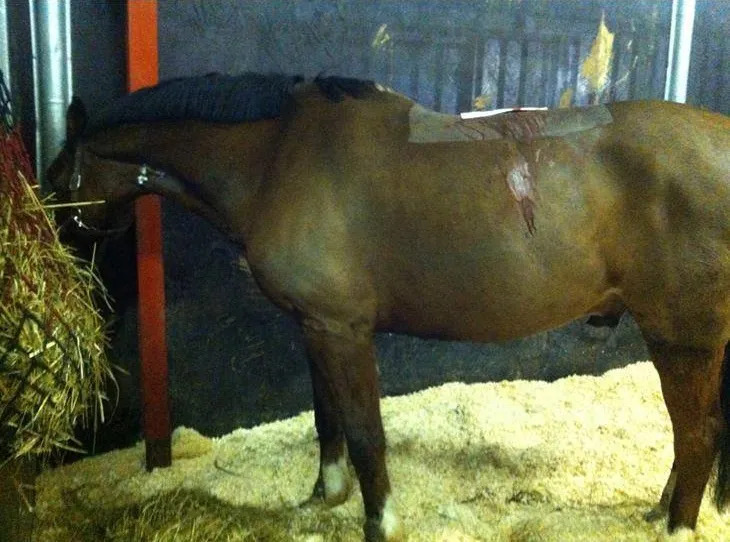
Afterwards, the owner had to clean the wound daily, and the stitches were removed by the veterinarian after a week. The horse was kept in a stall and given painkillers, but was walked once or twice a day. After a few weeks in the stall, the horse was moved to a small sick paddock. It was important that the horse didn't roll over. Fortunately, this wasn't an issue. In the image below, you can see an X-ray of the horse's back post-surgery.
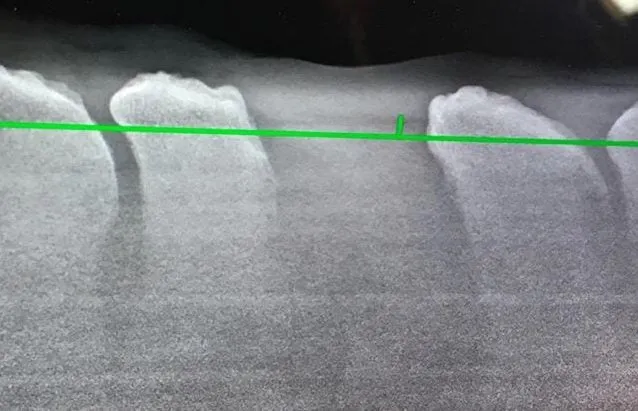
The most significant part of the kissing spines surgery was the rehabilitation programme. It required patience – a lot of it. Four months passed from the surgery until the horse could be ridden again. For the initial weeks, the horse was only allowed to be walked and lunged at a walk without any weight on its back. Gradually, trotting and cantering were introduced with increasing weight on its back. It was a creative challenge to find a type of weight that could stay on the horse's back during trot and canter.
You may also like to read: 3 common skin conditions in your horse – how to treat them
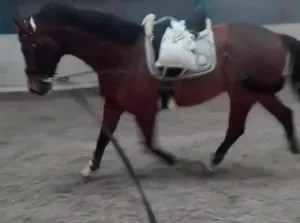
After numerous attempts using bags filled with sand and wood pellets swung over the saddle, the solution that worked best turned out to be two shopping nets filled with plastic bags containing wood pellets. These were sewn together at the bottom, draped over the saddle, and the handles were tied around the horse's belly. Everything was further secured with straw rope to ensure it stayed in place. A few weeks later, stones were added to the bags to make them slightly heavier. It wasn't possible to place more than 15 kg on the horse's back, as it would otherwise fall off.
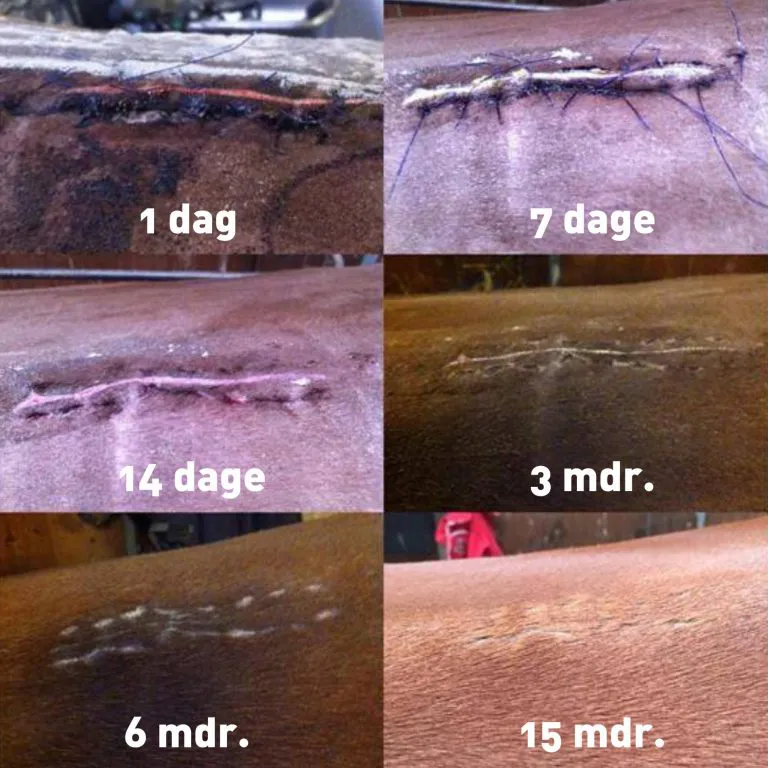
Four months post-surgery, the rider could mount and continue the rehabilitation programme. The horse was fully functional after six months and is thriving today at 17 years old. There's no doubt that the surgical scar doesn't bother the horse at all. In this case, surgery was the right decision. If your horse is diagnosed with close-set spinous processes to a degree that requires surgery, we can confidently say that your horse can recover fully. It just requires determination, possibly good insurance, and a lot of patience. But remember, every case and every horse is unique, and there are no guarantees.
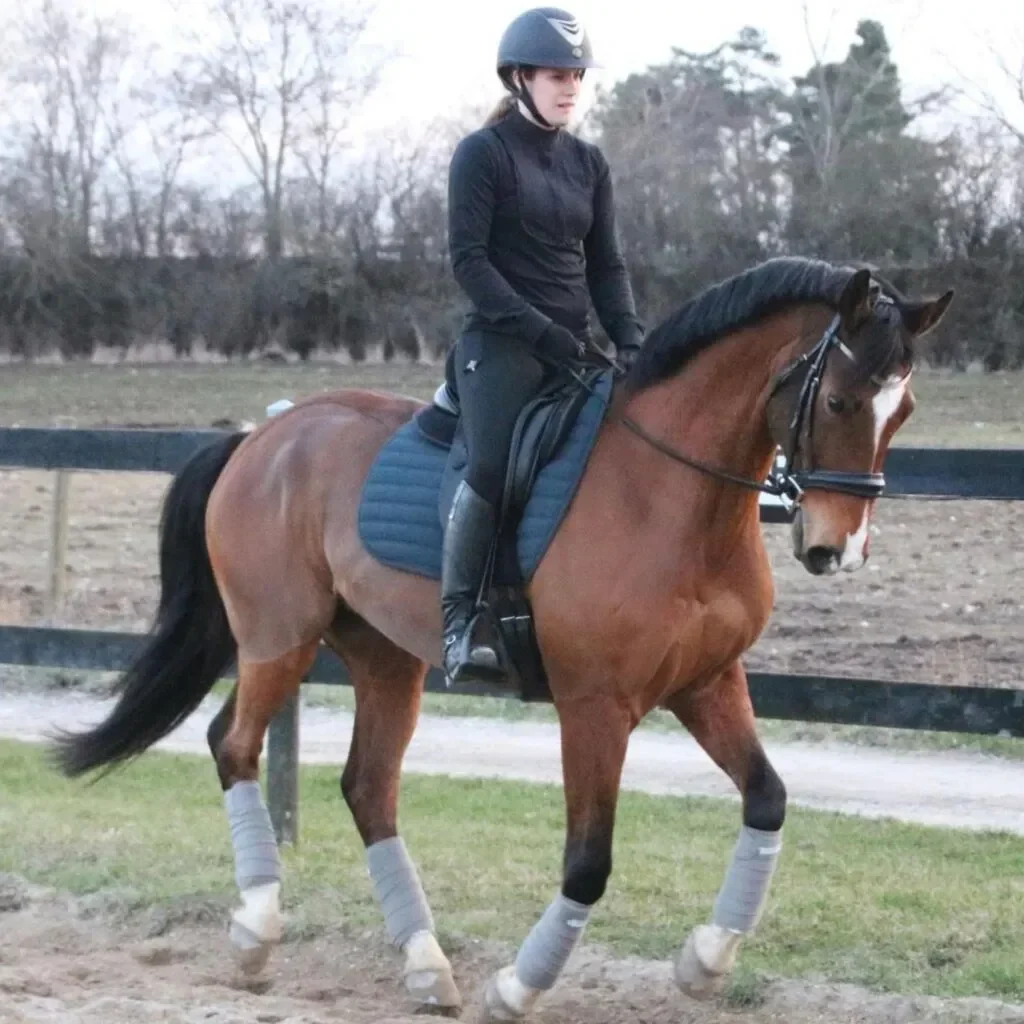
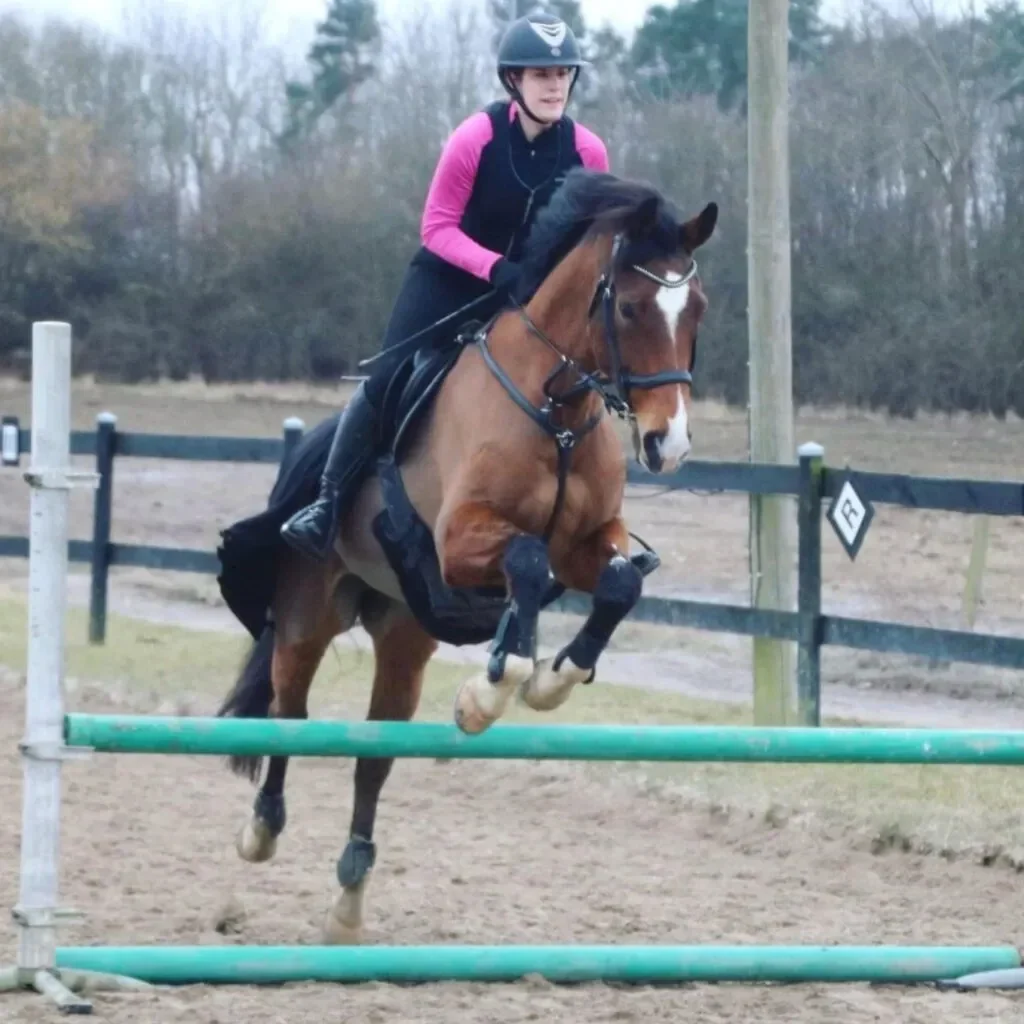
Also read: Muzzle or Not?